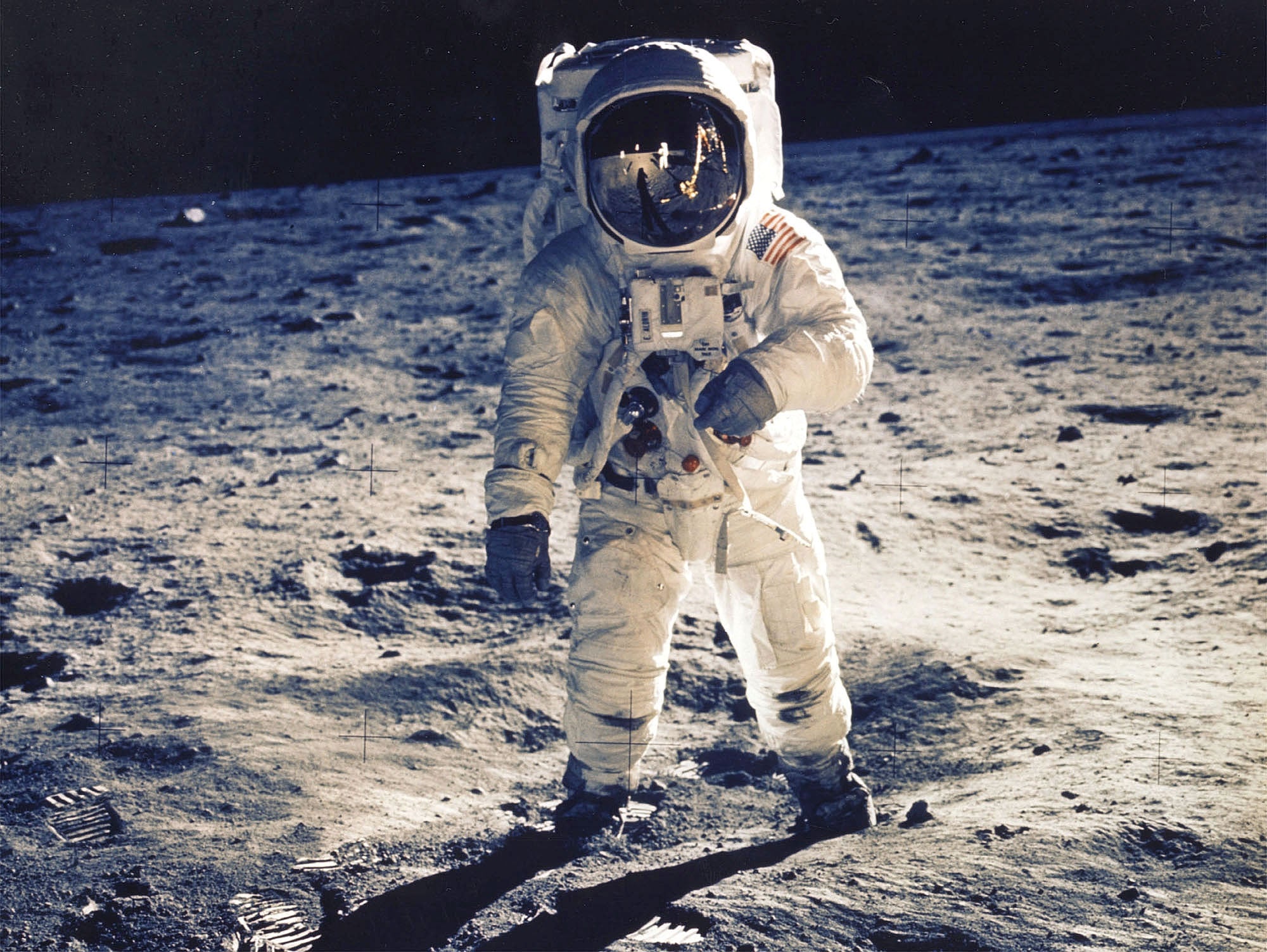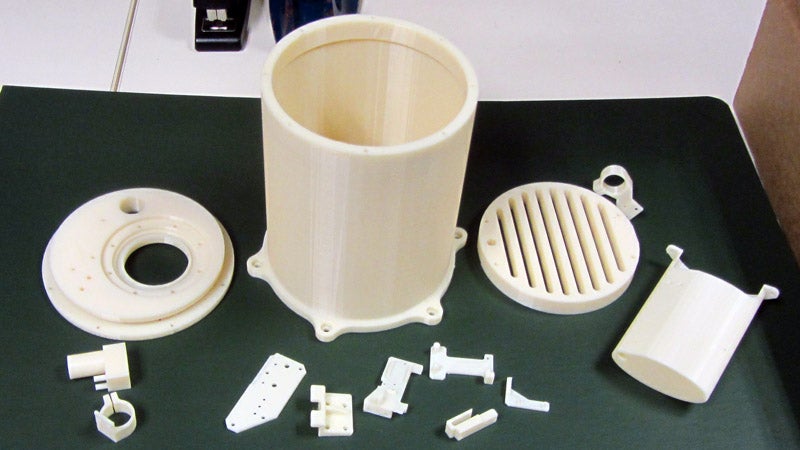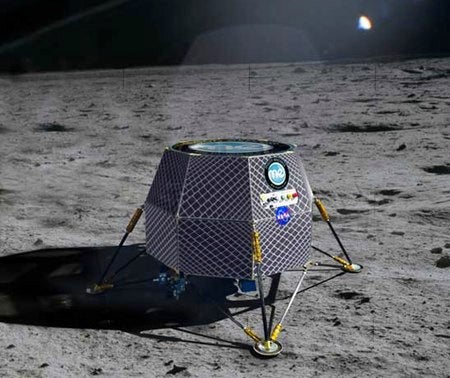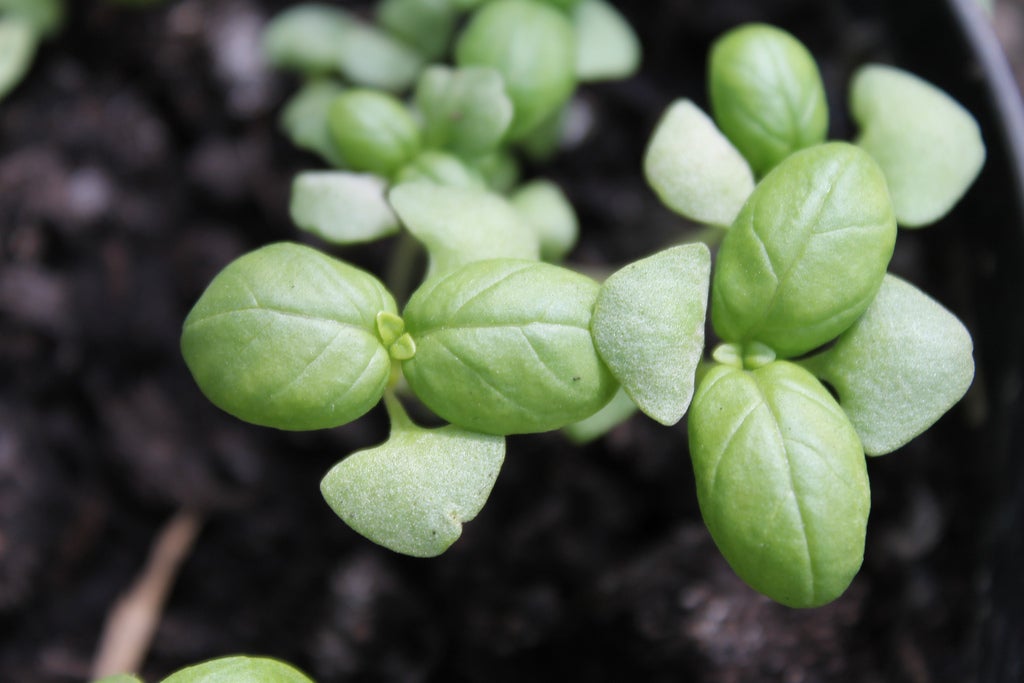Nasa to grow plants on the moon by 2015: 'If they can thrive, we probably can too'
A 1kg "self-contained habitat" will be transported on a commercial spaceflight; on-board sensors and cameras will send back images and data to Earth

Nasa has announced plans to grow plants on the moon by 2015 in a project designed to further humanity’s chances of successfully colonising space.
If successful, the Lunar Plant Growth Habitat team will make history by seeding life from Earth on another celestial body for the first time, paving the way for humans to set up more permanent habitation. “If we send plants and they thrive, then we probably can,” says Nasa.
Scientists, contractors and students will work together to create a small 1kg “self-contained habitat” containing seeds and germination material to send to the moon. To get there Nasa plans to ‘hitchhike’, delivering the payload via the Moon Express lander, a commercial spacecraft enrolled in the Google Lunar X Prize.
“After landing in late 2015, water will be added to the seeds in the module and their growth will be monitored for 5-10 days and compared to Earth based controls. Seeds will include Arabidopsis, basil, and turnips,” said Nasa officials in a press release.
The difficulty for the scientists will be encouraging plant growth in the harsh environment of the moon. Partial gravity and lunar radiation will need to be accounted for, although the plants will travel with their own water reservoir and enough air for five days of growth. Cameras and sensors will monitor the plants and send data back to Earth.

Nasa has outlined the importance of completing such experiments, noting that “thriving plants are needed for life support (food, air, water) for colonists,” and that such greenery also provides “psychological comfort, as the popularity of the greenhouses in Antarctica and on the Space Station show.”
Getting the seeds to the moon will be accomplished via the help of the Moon Express lander, a spacecraft being built by the private company Moon Express to compete in the Google Lunar X Prize. The $20 million prize will be awarded to the first team to “land a robot on the surface of the Moon, travel 500 meters over the lunar surface, and send images and data back to the Earth,” with a deadline of 31 December 2015.
The experiment will help Nasa not only to learn more about how plants grow in testing environmental conditions, but will address broader questions about the possibility of establishing human habitats elsewhere in the universe.

“Can humans live and work on the moon? Not just visit for a few days but stay for decades? A first step in long term presence is to send plants,” says Nasa. “They carry genetic material that can be damaged by radiation as can that of humans [and] can test the lunar environment for us, acting as a ‘canary in a coal mine’.”
The project is also noteworthy for its relative frugality. Speaking to Forbes's Tarun Wadhwa, planetary scientist Dr. Chris McKay estimated that such a project would have cost $300 million two decades ago, but will only set Nasa back $2 million today.
In a move that Wadhwa described as "a brilliant mix of creativity and frugality," Nasa will also be sending duplicate habitats to schools across America, so that children and students can grow and monitor the same plants being sent to the moon.
This part of the project kills two birds with one stone: it allows Nasa to crowdsource the control experiments necessary for any scientific investigation, whilst also involving and inspiring a new generation with dreams of planetary exploration.

Join our commenting forum
Join thought-provoking conversations, follow other Independent readers and see their replies
Comments
Bookmark popover
Removed from bookmarks